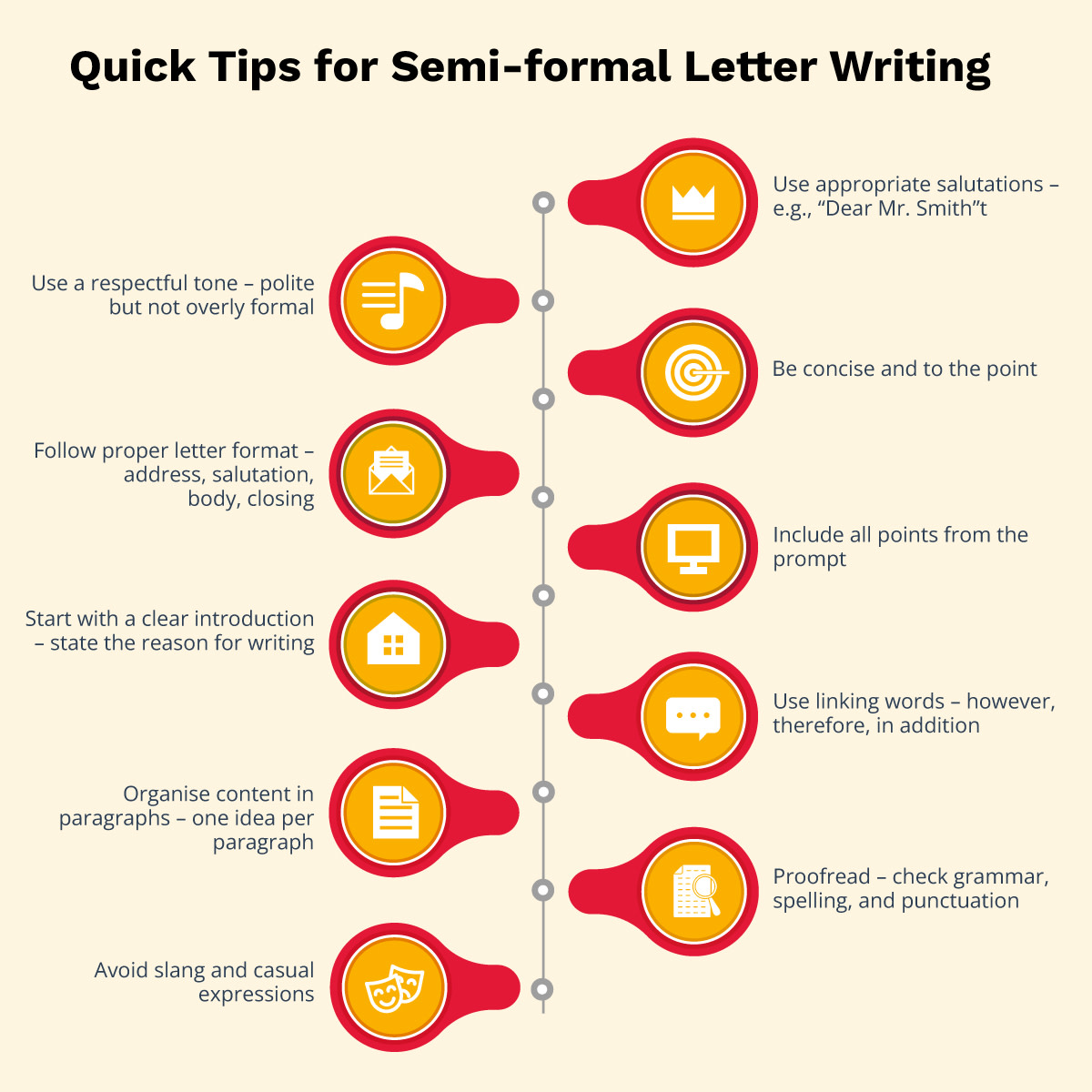This guide focuses on helping IELTS General Training candidates master semi-formal letter writing for Task 1. It explains that a semi-formal letter is usually written to someone you know in a professional or respectful context, such as a colleague, supervisor, friend, or organisation.
Understand what is A1, A2, B1, B2, C1, C2 in IELTS
When preparing for the IELTS exam, one question often pops up: What does A1, A2, B1, B2, C1, or C2 mean? These are CEFR levels, an internationally recognised system for measuring English language proficiency. IELTS band scores are often converted into these CEFR English levels to simplify the understanding of your skills for employers, universities, and visa offices.
Let’s break down what each level means, how it aligns with IELTS band scores, and which level you actually need for your goal, whether it's studying abroad, migrating, or working overseas.

What is the CEFR?
CEFR stands for the Common European Framework of Reference for Languages. It classifies English proficiency into six main levels:
This framework provides a standardised way of assessing and comparing English levels across different countries and tests, including IELTS. How does IELTS relate to A1–C2? Here's a quick reference table of CEFR levels and equivalent IELTS band scores:
CEFR Level | Language Proficiency Level | Corresponding IELTS Band Score |
|---|---|---|
C2 | Expert User | 9.0, 8.5 |
C1 | Very Good User | 8.0 |
| Good User | 7.5, 7.0 |
B2 | Competent User | 6.5, 6.0 |
| Modest User | 5.5, 5.0 |
B1 | Limited User | 4.5, 4.0 |
A2 | Extremely Limited User | 3.5, 3.0 |
A1 | Intermittent User | 2.5, 2.0 |
N/A | Non-user | 1.5, 1.0 |
N/A | Did not attempt test | 0.5, 0.0 |
Note: These are approximations based on current data. Always refer to the institution's or immigration office's requirements.
What is A1 level English in IELTS?
If your IELTS band score is between 2.0 and 2.5, you are at A1 level English. This means:
You understand very basic everyday expressions.
You can introduce yourself and ask simple questions.
Your vocabulary is limited and you struggle with grammar.
Use case: A1 level English is commonly accepted for spouse visa applications in the UK and similar countries, but not enough for academic or work-related visas.
What is A2 level English in IELTS?
An IELTS band score of 3.0 to 3.5 corresponds to A2 level English. At this level:
You can understand commonly used phrases.
You can communicate in routine tasks (like shopping or work).
You have basic grammatical knowledge.
Use case: A2 level English may suffice for certain low-skill jobs or short vocational courses, but most universities and migration offices require a B1 level English or higher.
What is B1 level English in IELTS?
If your score is 4.0 to 5.0, you're at the B1 level English stage. This means:
You can handle most travel-related conversations.
You can describe events and explain your opinions.
You’re still working on fluency and complex grammar.
Use case: B1 level is the minimum requirement for UK citizenship and some training-level college admissions. It also serves well in hospitality and customer service jobs abroad.
What is B2 level English in IELTS?
IELTS 5.5 to 6.5 maps to B2 level English. Here’s what it reflects:
You can understand the main ideas of complex texts.
You can interact fluently and spontaneously with native speakers.
You can write clear, detailed texts.
Use case: This level is ideal for undergraduate study, mid-level jobs, or even applying for PR in Canada, UK, or Australia.
What is C1 level English in IELTS?
Scoring 7.0 to 8.0 in IELTS means you’re at the C1 level English. This suggests:
You can express yourself fluently and spontaneously.
You have a strong command of complex grammar and vocabulary.
You can produce well-structured, coherent writing.
Use case: C1 level English is often required for postgraduate programs, high-skilled jobs, and roles in corporate communication, media, or academia.
What is C2 level English in IELTS?
An IELTS band score of 8.5 to 9.0 means you’ve achieved C2 level English – the highest proficiency level. It implies:
You can understand virtually everything heard or read.
You can summarize and reconstruct arguments fluently.
Your usage of the language is near-native.
Use case: This level is suited for professors, researchers, authors, or top-tier professional communication roles.
Why should you know your CEFR level?
Knowing whether you're at A1 level English, B2 level English, or C1 level English helps:
Choose the right IELTS preparation strategy.
Understand which university or job you qualify for.
Meet specific visa language requirements.
Institutions often list CEFR levels in their language policy, so knowing how your IELTS score converts to CEFR ensures you apply correctly. Whether you're aiming for A1 level English or pushing towards C2 level English, understanding where your IELTS score places you on the CEFR scale is crucial. It guides your next steps in improving your language skills, qualifying for study programs, or meeting immigration requirements. Keep practicing, track your progress, and aim higher, every level takes you closer to your dream destination.
